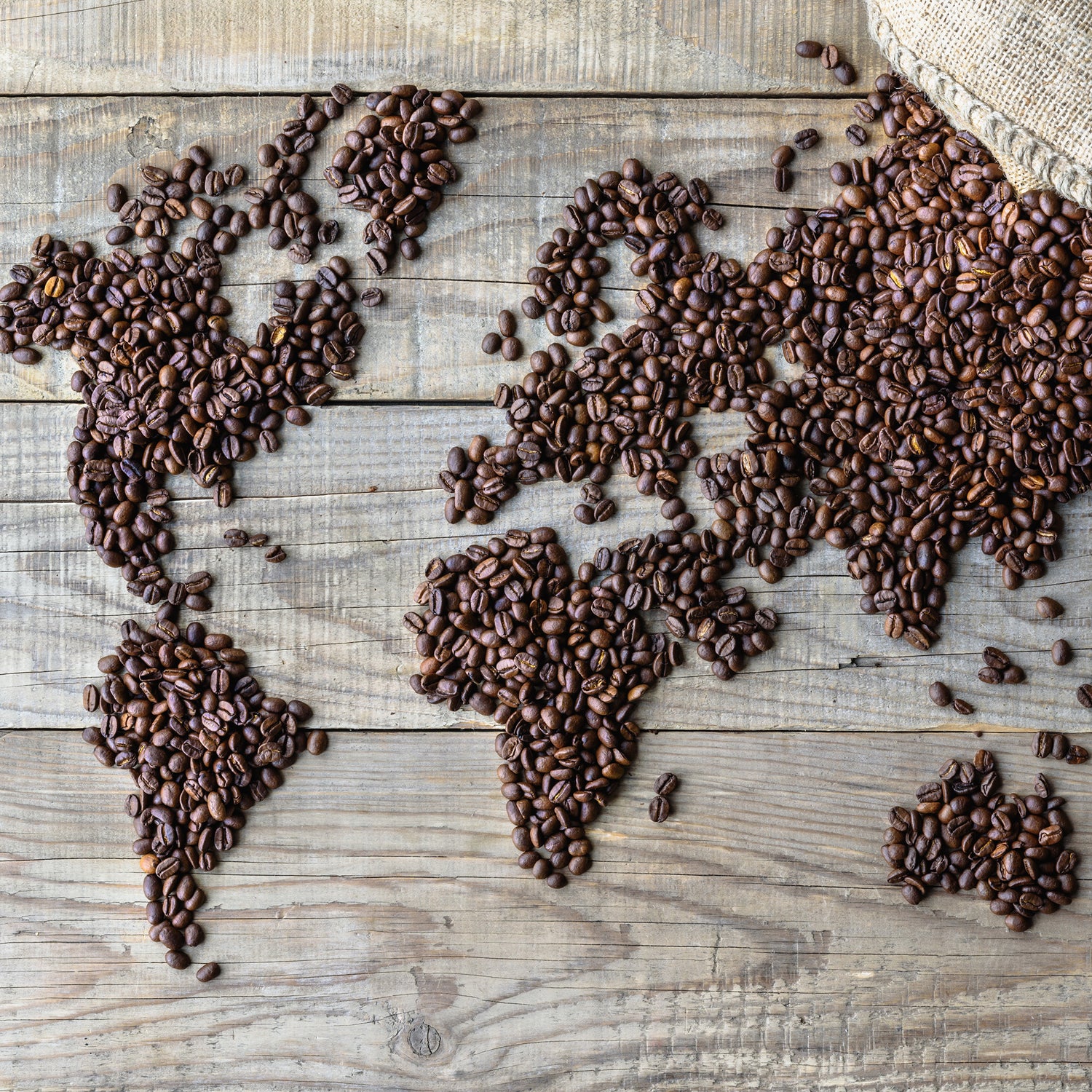
"It's not easy being green..."
Like you, we love the environment, nature, and the green things around us. This is why we are on a quest to implement sustainable and environmentally friendly business practices, which can be a tough learning curve, especially for a small and growing business.
In this blog post we will focus on packaging, but there are many parts of the coffee supply chain that can be made more sustainable and ecologically friendly. It starts at the coffee farms themselves, the way the farms are managed, and how much the workers are paid. Also training and educating people on growing higher quality varieties so that the additional revenue can be invested back into the local community.
Sustainability certifications like Fair Trade and Rain Forest Alliance have certainly helped over the years, ensuring that fair prices are paid for coffee all around the world. Roasters can also help by building direct relationships with small farmers to ensure that the farms are well managed, and that fair prices are paid to and passed on to workers in the field.
Anyway, back to packaging.
What Can Coffee Be Packaged In?
When coffee is roasted, it goes through a complex series of chemical reactions (more on that here), where the end product is freshly roasted coffee. Some of these compounds that are formed during roasting, are inherently unstable, and therefore without good packaging to keep them from oxidizing, will go stale.
Proper coffee packaging will keep your coffee fresh for longer.
Paper Bags
Great for the environment, terrible for keeping coffee fresh. If you were getting very freshly roasted beans, and could use them within a couple of days, then paper bags might be ok. Otherwise, not recommended.
Metal Cans
Recyclable and Reusable for sure, but only really available to big organizations who can mass produce large volumes. Oh, and beware of beans jumping out of the can! (Blue Bottle Recall)
Glass Jars
Again, perfectly recyclable and reusable, but also fragile and heavy, which adds significant cost (and more packaging) to shipping. Coffee beans are also susceptible to photodegradation, which means that some of the flavour compounds are broken down by light. So if you are storing coffee at home in jars, make sure you keep it in a dark place.
Laminated Bags
Some sort of laminated plastic bag with a valve is how the vast majority of roasted coffee is packed. The reason for this, even though it's not very environmentally friendly, is that is keeps the coffee the freshest, for longest, and is easy to produce and light to transport.
Similar to the millions of coffee cups given out by large chains, and the tube that your Pringles come in, coffee packaging is made up of layers of material that are stuck together. You'll have noticed with certain foods like coffee and tea, that a metal foil layer is generally used to enhance freshness. So a typical coffee bag is a laminate of plastic-foil-plastic.
This makes any recycling process, although technically possible, in reality very difficult. So even if the packaging manufacturer claims that their packaging is recyclable, most local authorities have not implemented the complex processes involved, and will instruct you to put it in the garbage.

Recycling vs Compostable
Seeing as recycling coffee packaging is difficult at best, the ideal solution for us is to find a fully compostable coffee bag. One that keeps the coffee as fresh as possible, but is also home compostable so that you don't have to rely on your local authority rules.

We've reached out to a few manufacturers in our quest, and they are all making strides to develop a fully plant based approach, certified by a 3rd party, and with all layers, zipper seals, and valves being compostable.
Home Compostable vs Industrial Compostable
It's important to us for our chosen packaging to be Home Compostable rather than just 'Compostable'. The 'Compostable' certification usually refers to an Industrial Composting process, which involves specific waste collection routines (not available everywhere) and higher temperatures to break down the materials. You can learn more here.
Also, many municipalities will remove anything that looks like plastic regardless of what it is made from, and put it in landfill. From Halton Region's website:
Compostable plastics, such as compostable cups, straws and cutlery must be thrown in the garbage. If the compostable item looks and feels like plastic, throw it in the garbage. This material has been tested in a Central Compost Facility and does not break down in the current process. Help keep our compost clean!
Toronto is the same.
Other Sustainability Solutions
There are also other packaging solutions out there, companies like Terracycle that collect and process difficult to recycle products, but they require multiple waste drop off points, and are prohibitively expensive for anything other than large organizations.
Our Goal
Our goal is to work with the manufacturers, and to hopefully have a solution in place by the end of this year. Nothing that we have looked at so far has met all of our requirements, but the technology is getting better all the time, and hopefully we will see truly home compostable coffee packaging in the very near future.


